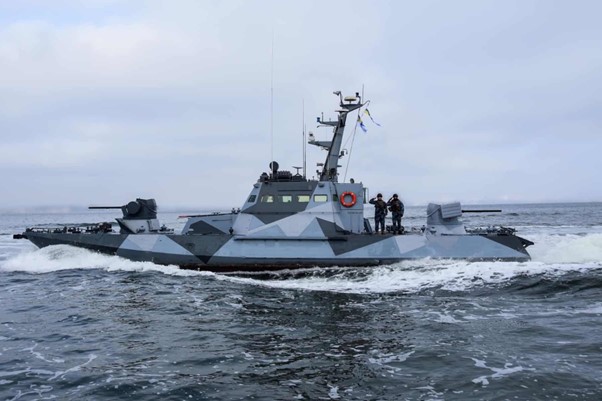Ukrainian-born Oleksandr Dobzhanskyi is an Assistant Professor at Pittsburgh’s Point Park University where, apart from his teaching and academic work, he has carried out research into electromechanical and wave energy conversion systems, electro-magnetic fields, electric machines and motors.
Electric motors have become a passion for him because the technology has remained largely unchanged in the 200 years since English scientist William Sturgeon produced the first electric motor capable of turning machinery.
JOIN US ON TELEGRAM
Follow our coverage of the war on the @Kyivpost_official.
However, Dobzhanskyi, believes he has now made a technological breakthrough on the basis of which in 2023 he set up a company, Orhont Magnetics, to capitalize on his innovative new design of motor. He calls the system the Gapless Rolling Motor (GRM) which he feels can have applications in robotics, transportation, advanced manufacturing, and military applications – a view which the US Navy seems ready to endorse.
In June, his company, in partnership with the CFD Research Corporation experts in thermal batteries, received a grant through the DoD’s Small Business Innovation and Research (SBIR) program from Naval Sea Systems Command (NAVSEA) as part of a Phase I proof-of-concept study for a new propulsion system for the US Navy’s Compact Rapid Attack Weapon (CRAW) future, lightweight torpedo system.
The CRAW requirement is stringent and calls for a battery-powered electric motor capable of an output of 100 horsepower (75 kilowatts) for up to 10 minutes (the flight time of the torpedo), all to be installed in a circular cross-section tube of strictly defined dimensions.

New Front? Reports Claim China is Secretly Backing Russia with Troops
If this first phase of the project proves successful, Phase II will follow with an increased budget allowing a full-scale prototype to be built and tested at US naval facilities. Orhont Magnetics have applied for other grants from the US Army to include its technology in military ground vehicles.
Unlike traditional motors, the Orhont Magnetics GRM uses magnetic rollers rather than the conventional air gap and thereby eliminates the need for ball bearings or a gearbox. The proposed motor is characterized by its compact size and higher power output. That aligns with the requirements specified in the Navy’s CRAW proposals and which Dobzhanskyi believes could have a range of other military applications.
According to Dobzhanskyi, his concept has received endorsements from researchers at the Department of Energy, Westinghouse, and Carnegie Mellon University.
He says that much of his motivation for focusing on military applications is a desire to give back even a small part of the unwavering support Ukraine has received from the Pentagon since Russia’s full-scale invasion of his homeland.
Dobzhanskyi says his and Orhont’s strong ties to Ukraine remain central to the company’s identity. They have been working in collaboration with the Kharkiv Polytechnic Institute and University, to engage students and professors in electric motor design. Currently, Ph.D. students and three professors from the university are working on the electronics for the GRM project.
Earlier this year, Orhont Magnetics sponsored a Brainstorm Challenge Competition in two rural schools in the Vinnytsia region of Ukraine which is intended to foster the next generation of Ukrainian innovators. The competition was intended to set students from grades 8 to 11 creative problem-solving tasks in the first of a series of initiatives establishing a long-term commitment to nurturing talent in Ukraine.
You can also highlight the text and press Ctrl + Enter










